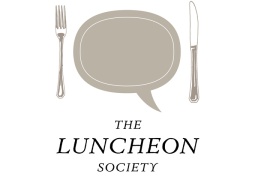 How do you propose a new idea when current thinking is so institutionalized and so engrained that anything else would be blasphemous? As he neared the publication of his life’s work, that is what worried Nicolaus Copernicus the most.
How do you propose a new idea when current thinking is so institutionalized and so engrained that anything else would be blasphemous? As he neared the publication of his life’s work, that is what worried Nicolaus Copernicus the most.
Writer Dava Sobel has the ability to compress complex scientific precepts into engrossing reading without dumbing down the subject matter. Her book, Longitudes , continues to be in print long after the date of its first edition. In fact, Neil Armstrong will write the foreword for the anniversary edition. Her recent book, “A More Perfect Heaven: How Copernicus Revolutionized the Cosmos,” takes us through the challenges the Polish-born cleric encountered as he brought his life’s work to center stage.
We look back at yesterday’s scientific achievements and they are seen as today’s inevitabilities. It was inevitable that the first flight by the Wright Brothers would lead to Man walking on the surface of the moon. It made logical sense that the discovery of nuclear fission would lead to weaponization within a few short years.
Yet, when that first flight took place in North Carolina, nobody could envision daily flights to London. When Leó Szilárd first proposed that atoms could be split in 1933 to form nuclear chain reaction, few could calculate the unintended consequences.
So when Nicolaus Copernicus suggested that centuries of scientists and mathematicians had it all wrong and that the sun—not the earth—anchored our solar system, he called the basic tenets of civilization into question. Continue reading






















































